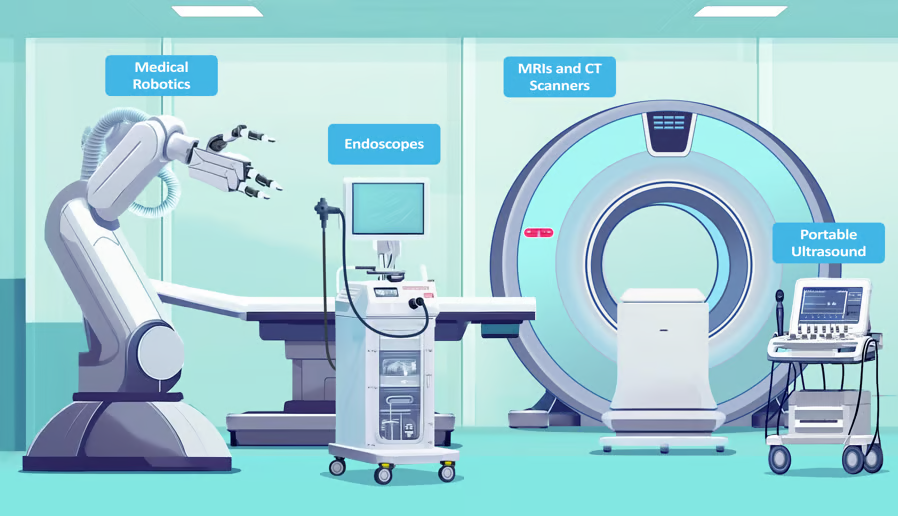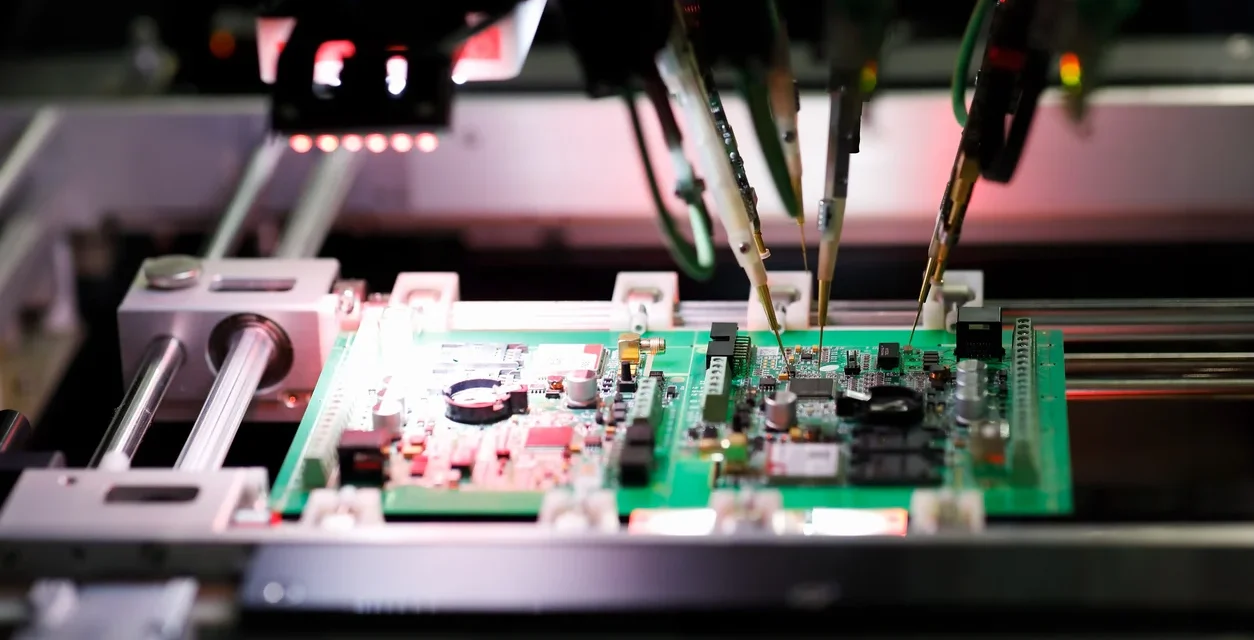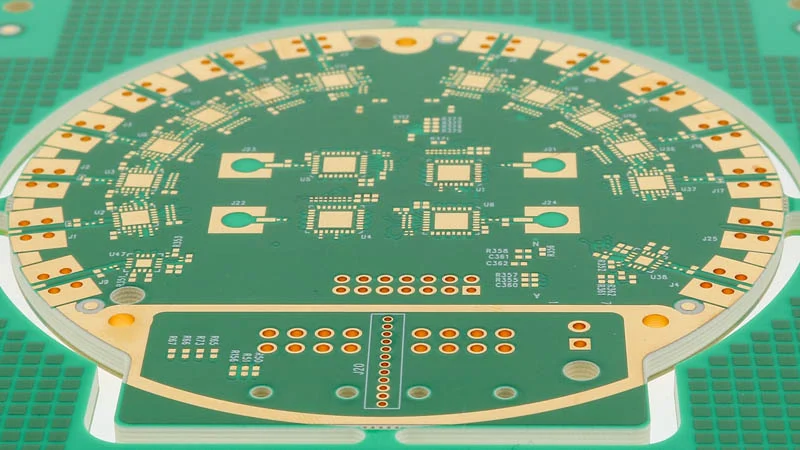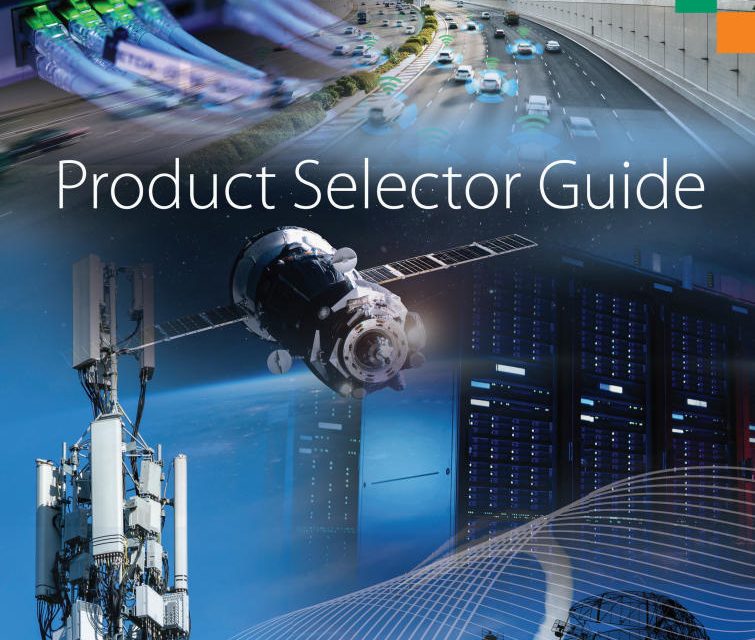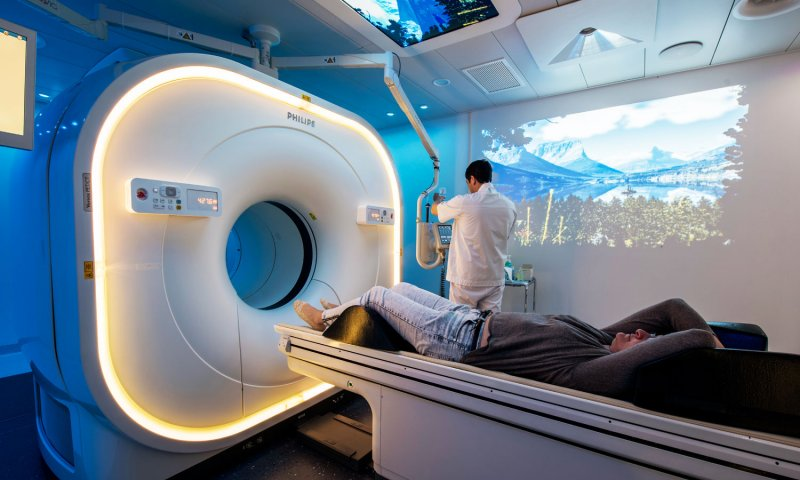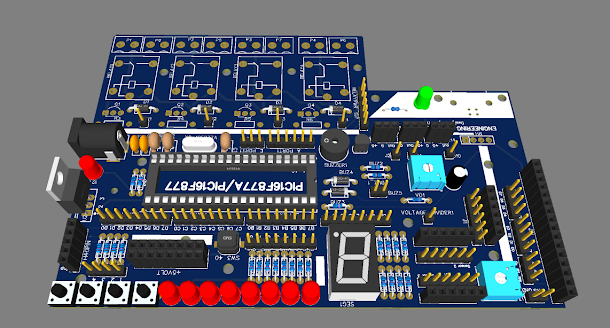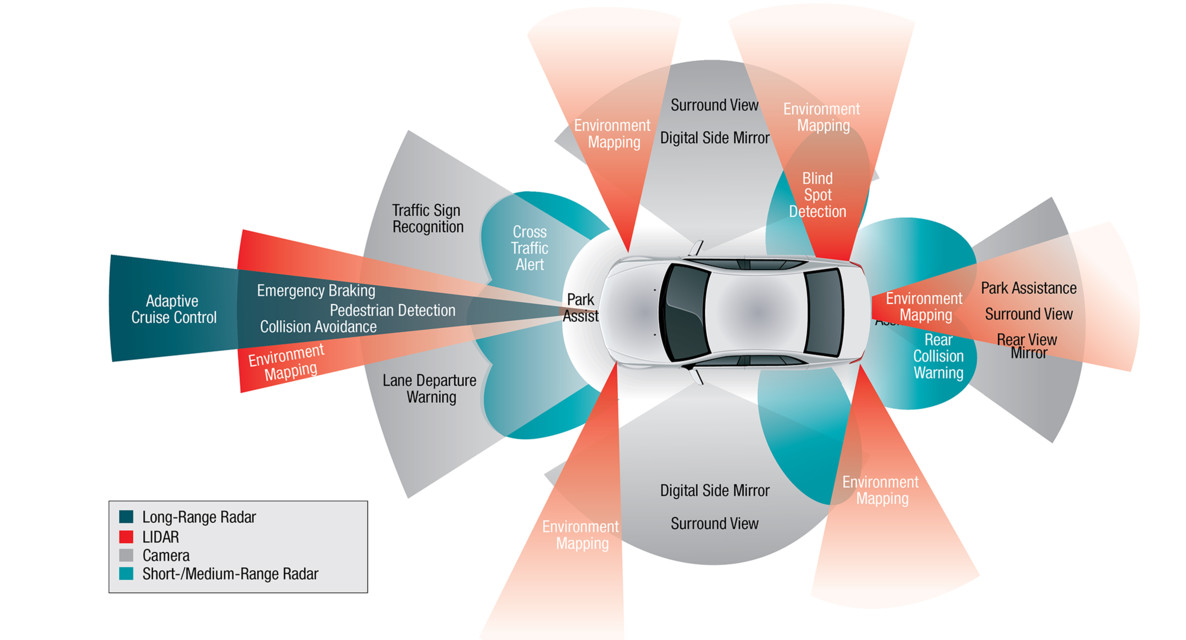1. Engineering Overview / Abstract As medical imaging and diagnostic RF systems evolve toward higher bandwidth and multi-channel precision, the demand for phase-linear, low-loss PCB substrates becomes critical. Megtron 6 PCB materials, with Dk = 3.3 ± 0.05 and Df = 0.002 @ 10 GHz, deliver outstanding dielectric uniformity, ensuring phase-aligned signal propagation across...
Blog
Explore the KKPCB Blog for the latest PCB manufacturing and assembly news, industry insights, expert tips, and technology trends, helping you stay informed and optimize your electronics projects.
Flying Probe Testing in Small Batch PCB Manufacturing: Precision, Flexibility, and Cost Efficiency Introduction In the fast-evolving world of PCB manufacturing, small batch and prototype production demand not just precision, but agility. When fixture-based in-circuit testing (ICT) proves too costly or time-consuming, Flying Probe Testing (FPT) provides an intelligent alternative. At KKPCB, we integrate fixtureless...
Looking back and examining the evolution of computing technology, we see that many products widely used in everyday life today have changed significantly over time. Looking back at Apollo workstations, the first PCs, and mainframes that could occupy entire floors of buildings, it becomes clear that miniaturization has been the foundation of technological progress. Recent...
Discover the best high-frequency PCB materials for RF and microwave applications. Compare Rogers 4000 series, Isola Tachyon, and Panasonic Megtron laminates for low loss, high thermal reliability, and superior signal integrity.
Perfect soldering of a printed circuit board is a very simple, yet very rare, phenomenon. How can this contradiction be explained? If perfect soldering is easy, then why so much rework and rework? The answer, of course, is that it is simple, but only if you know how, and also keep in mind that most...
Impedance matching in HDI ( High- Density Interconnect ) boards is intended to prevent transmission errors, especially losses caused by transmission line resistance and the dielectric properties of the printed circuit board. Microvias can be used to create manufacturing-friendly PCB layouts in impedance-matched systems. BGA escape routing and dogbone fanout structures enable impedance matching in HDI PCBs. When do PCB traces...
Explore the Rogers High Frequency Electronics Product Selector Guide — your essential resource for selecting high-performance PCB laminates for RF, microwave, 5G, and automotive applications. Compare RO3000, RO4000, RT/duroid, and more.
1. Engineering Overview / Abstract Modern medical imaging systems — including MRI coils, ultrasound transceivers, and RF diagnostic sensors — rely on tight impedance control and ultra-low signal drift to ensure accurate imaging and patient diagnostics. The Taconic TLY-5 PCB platform, with its Dk of 2.20 ± 0.02 and Df of 0.0009 @10GHz, provides...
1. Engineering Overview / Abstract As industrial wireless sensor networks (IWSNs) expand into high-density, real-time monitoring environments, the printed circuit substrates must provide low dielectric variation, minimal insertion loss, and superior RF efficiency. Taconic TLY-5 PCB laminates, with a Dk of 2.20 ± 0.02 and Df of 0.0009 @10GHz, deliver exceptional signal integrity and...
1. Engineering Overview / Abstract Automotive radar technology operating in the 76–81 GHz band demands printed circuit boards with extremely low dielectric loss, phase stability, and high thermal endurance. Taconic TLY-5 PCB laminates—featuring a Dk of 2.20 ± 0.02 and Df of 0.0009 @ 10 GHz—offer a robust foundation for mmWave antenna arrays, signal...

